
Lemon Pesto: the 5 Minute No-Bake Recipe for a Refreshing, Creamy and Light Delicious Pesto!

Lemon Pesto is a popular dish hailing from Procida, Italy, a small island off the coast of Naples. This dish is typically made with Procida lemons (or Amalfi lemons), both of which are sweeter, larger, and spongier than a typical lemon you might see in the US.
It's a light, yet full of flavor creamy pesto, perfect to add to hot spaghetti for a quick dinner or some bruschette. No need to bake and ready in minutes, it comes together with just a few simple ingredients.
What is Lemon Pesto?
Lemon pesto, a delightful twist on traditional pesto, finds its roots in the Mediterranean region, where fresh herbs and citrus flavors are staples of the cuisine. Traditional pesto, originating from Genoa in the Liguria region of Italy, is typically made with basil, pine nuts, garlic, Parmigiano-Reggiano, and olive oil. Lemon pesto evolved as a summer variant, incorporating the bright, tangy flavors of lemon to complement the herbaceous notes of basil and parsley. The addition of lemon not only enhances the flavor profile but also adds a refreshing zing, making it perfect for warm-weather dishes. Ready in just five minutes, this creamy and tasty dressing embodies the essence of Mediterranean culinary innovation, offering a quick and vibrant way to elevate pasta, salads, and more.
Tips for The Best Lemon Pesto
- Extra-virgin olive oil is essential for a rich, smooth pesto. Its quality directly impacts the overall flavor of the pesto.
- Ensure the lemons you use have edible skin, as this zest adds a crucial burst of citrus flavor. Organic lemons are a great choice to avoid pesticides.
- When tossing the pesto with pasta, add a splash of pasta cooking water. The starchy water helps the pesto adhere to the pasta, creating a silky, cohesive dish.
Will Lemon Juice Keep Pesto Green?
Browning happens most readily at neutral pH, so making the pesto's pH more acidic can help slow down this process. We found that lemon juice preserves the pesto's green color without compromising its flavor, adding just a hint of pleasant acidity.
What is a Good Substitute for Basil in Pesto?
Try replacing half the basil with arugula, kale, radish greens, parsley, or spinach. You could also skip the basil entirely and use a mix of parsley and cilantro or a 50/50 blend of fresh mint and spinach.
What is a Substitute for Pine Nuts in Pesto?
Walnuts are a perfect substitute for pine nuts in pesto because walnuts blend up perfectly. They have a similar fat content as pine nuts, so they blend to a creamy consistency. Homemade pesto only needs a few simple ingredients, so every ingredient is important here.
Is Pesto Vegan?
Most pesto is not considered vegan for the sole reason that basic recipes call for some kind of hard cheese like Parmesan or pecorino, which is not suitable for vegans.
What to Use Instead of Parmesan in Pesto?
As a vegan ingredient darling and the prototypical cheese flavor alternative, nutritional yeast is a classic Parmesan substitute when making a dairy-free pesto. In many recipes, you'll find it used as a one-for-one swap for the grated cheese, with everything else in the formula staying the same.
Does Cooking Pesto Ruin It?
Cooking pesto can degrade its flavor and color because basil and olive oil are heat-sensitive. It's safe and best to enjoy pesto raw. For hot dishes like pasta, stir pesto in after cooking to preserve its qualities.
How to Store Lemon Pesto
You can store this basil pesto in a jar or sealable container, then tightly seal and refrigerate for up to 1 week or freeze for up to 2–3 months. Let it thaw at room temperature or in the refrigerator.
Try These Recipes Too!
Ingredients
How to make lemon pesto
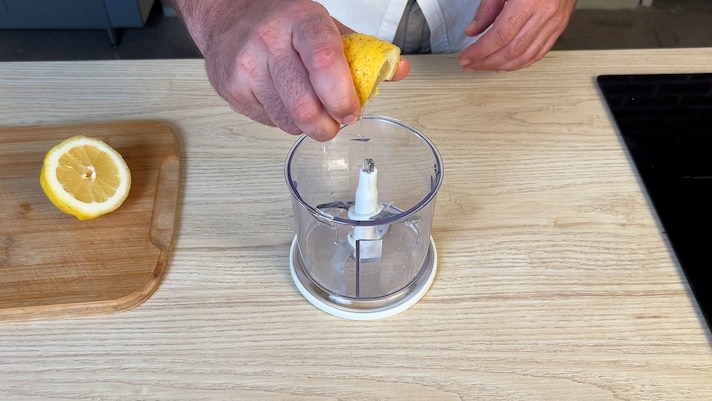
Squeeze lemon juice of 1 small lemon into the mixer.
Squeeze lemon juice of 1 small lemon into the mixer.
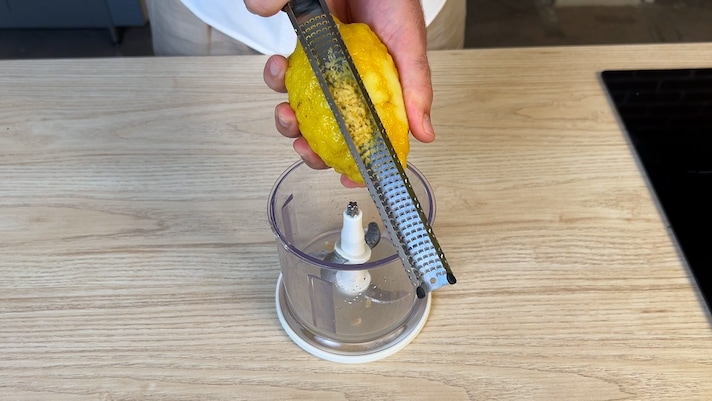
And some lemon zest.
And some lemon zest.
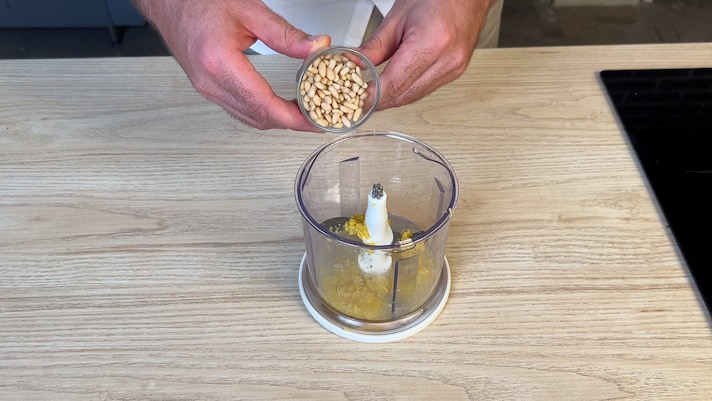
Now, add all the pinenuts.
Now, add all the pinenuts.
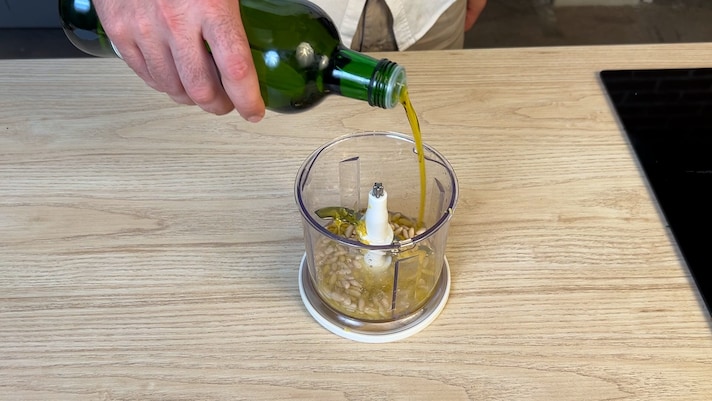
Add extra virgin olive oil, salt and pepper over the nuts.
Add extra virgin olive oil, salt and pepper over the nuts.
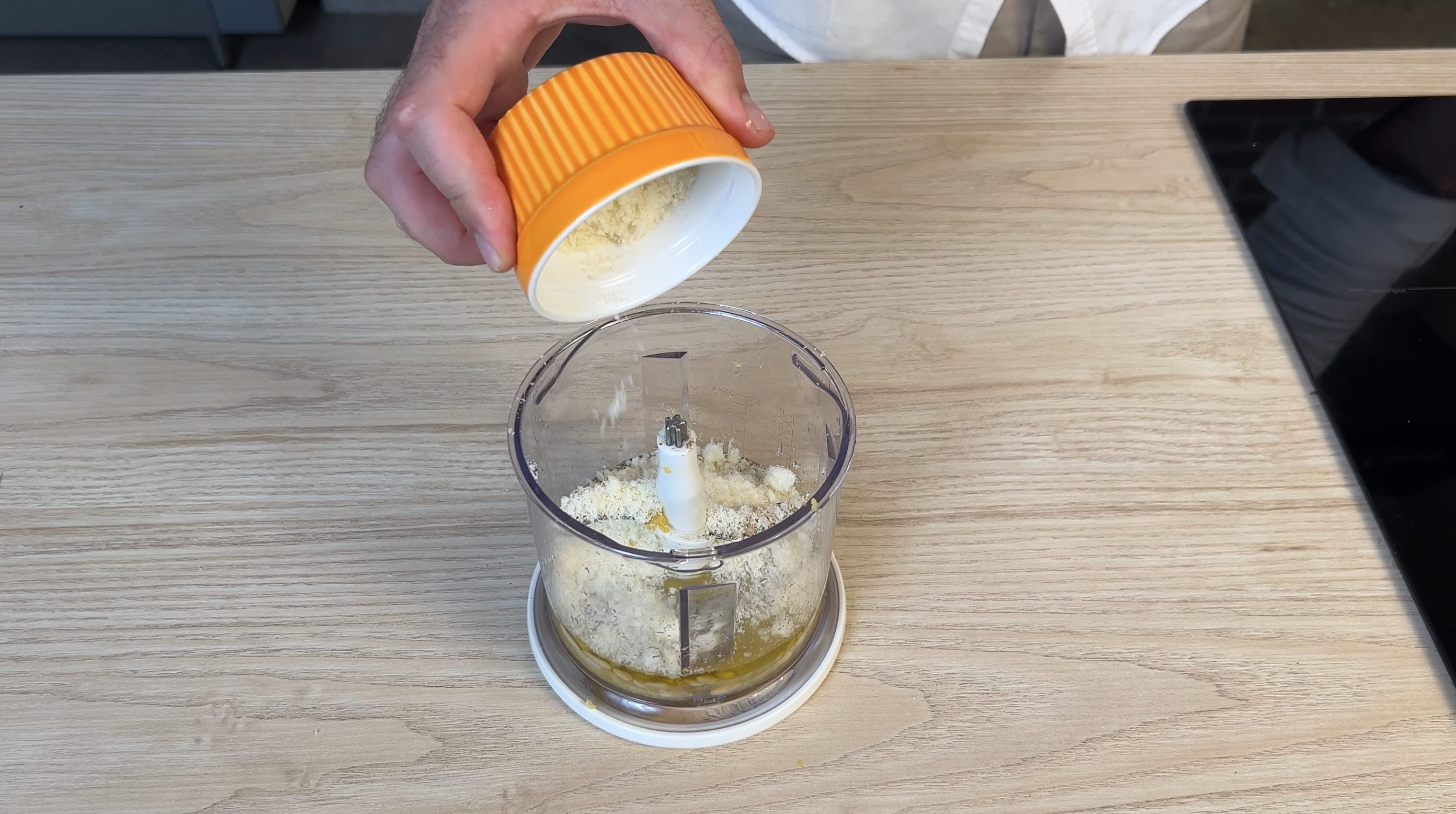;Resize,width=712;)
Now add the Parmigiano and garlic.
Now add the Parmigiano and garlic.
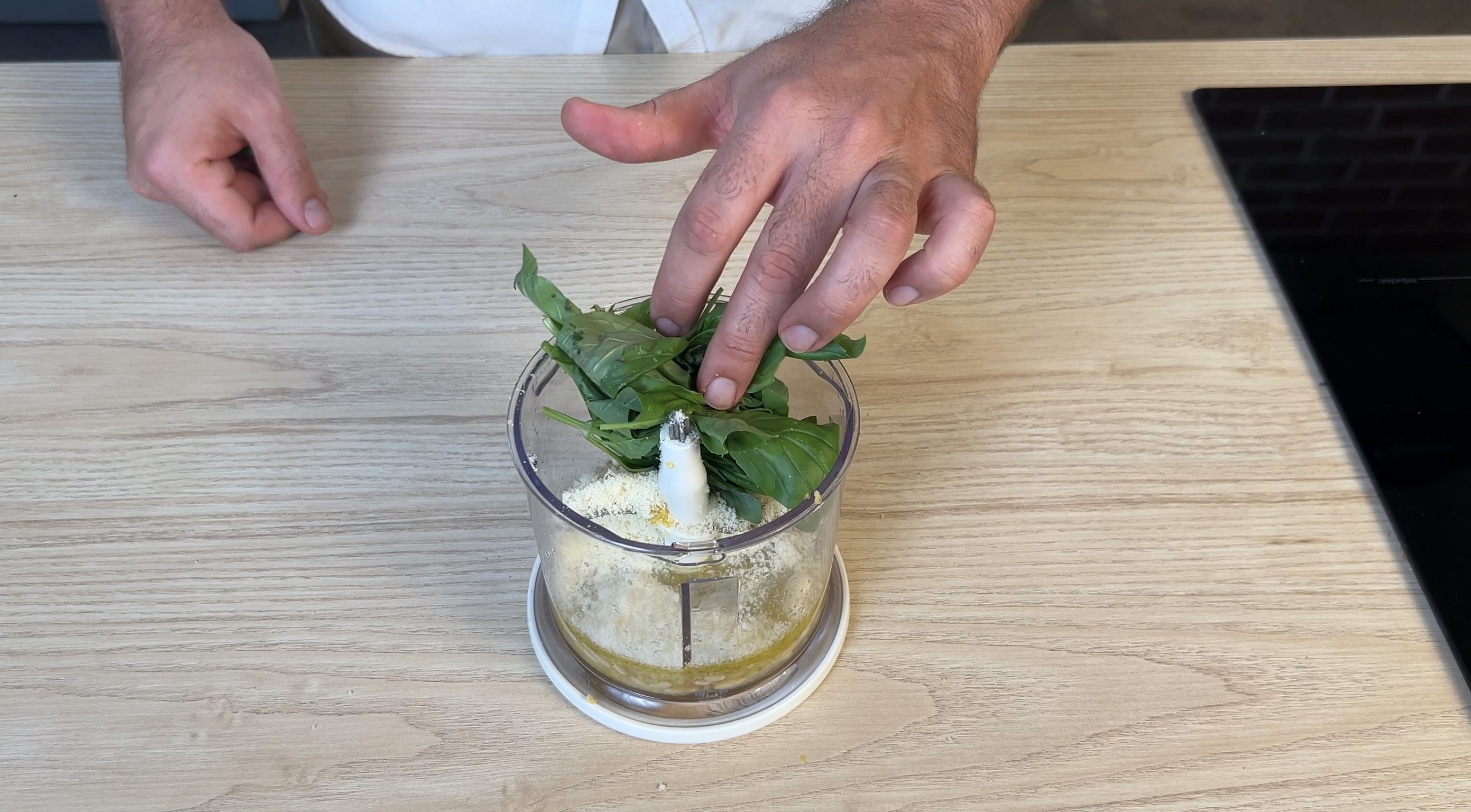;Resize,width=712;)
And finally, basil and parsley.
And finally, basil and parsley.
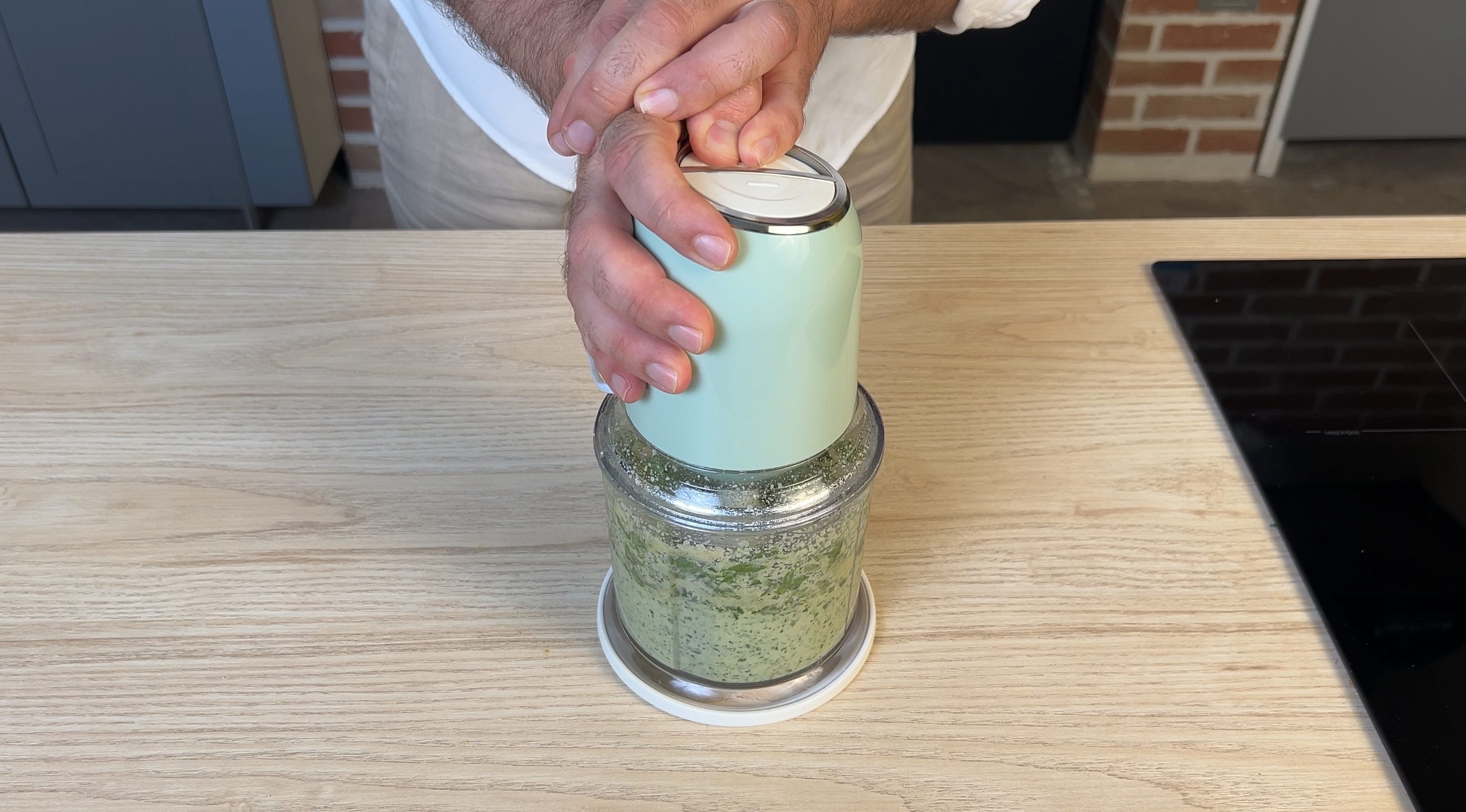;Resize,width=712;)
At this point, blend all the ingredients until creamy.
At this point, blend all the ingredients until creamy.
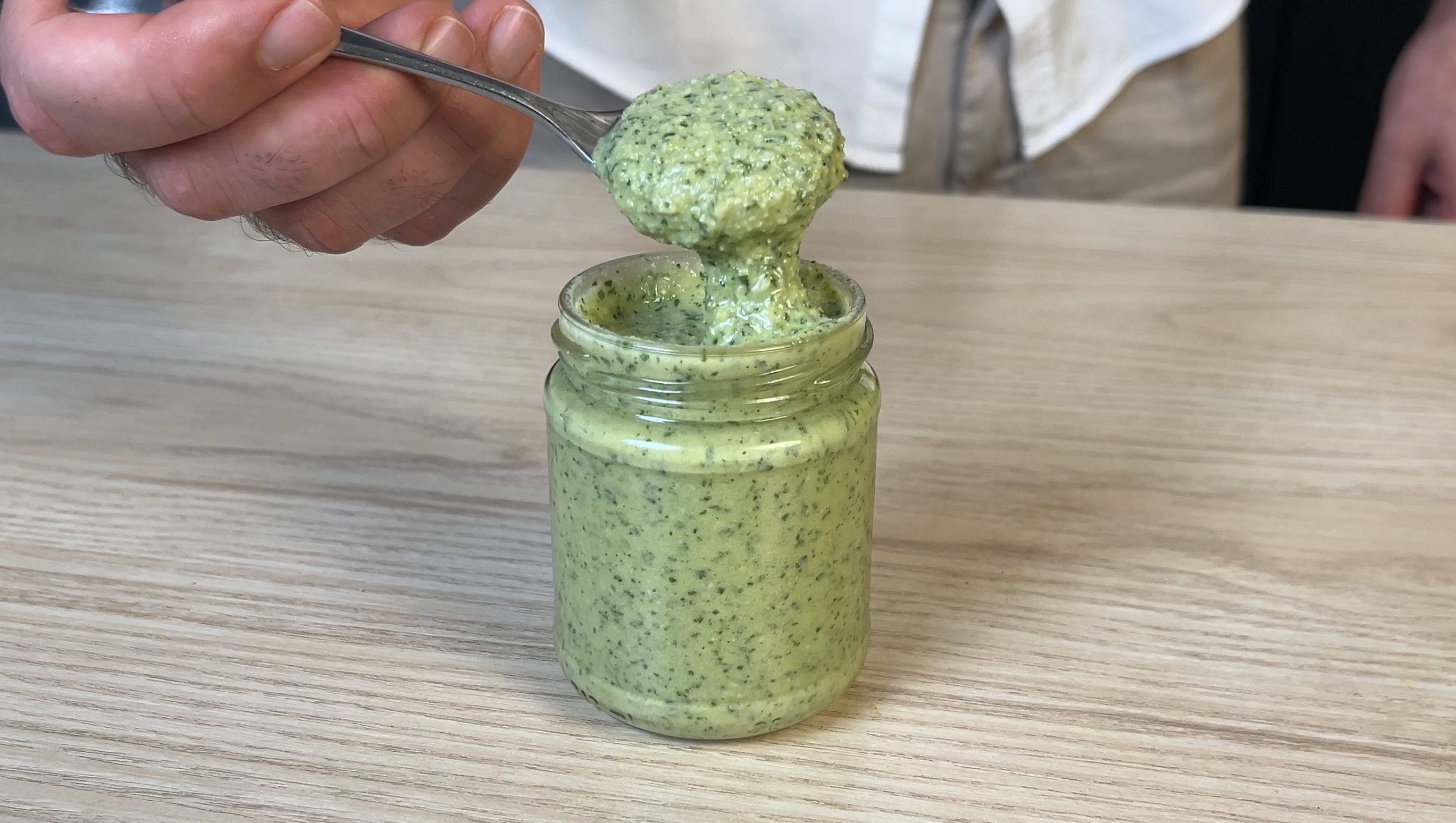;Resize,width=712;)
Add a couple of tablespoons to the pan, throw the spaghetti in, add a splash of pasta water and bring it all together
Add a couple of tablespoons to the pan, throw the spaghetti in, add a splash of pasta water and bring it all together
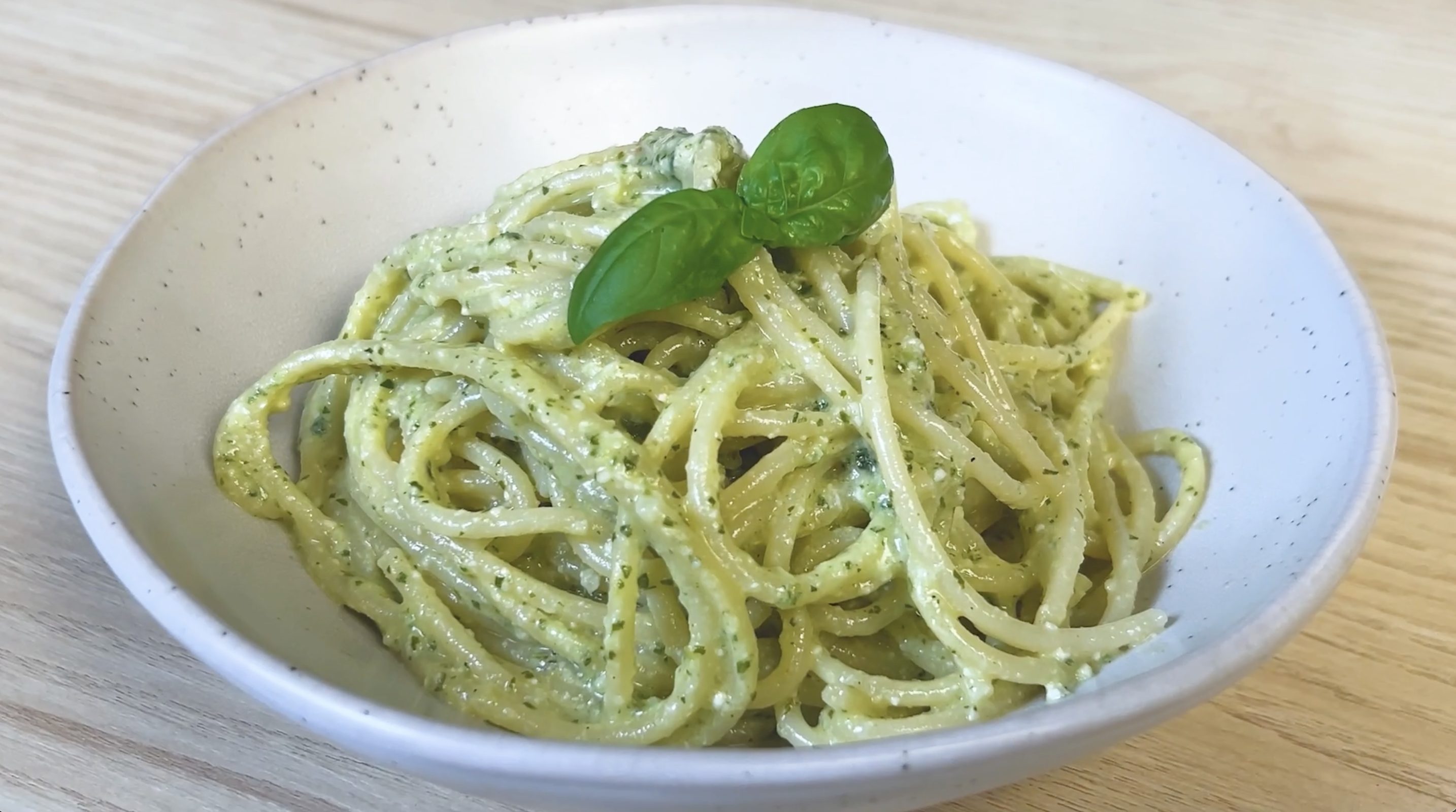;Resize,width=712;)
Garnish it with a basil leaf and that’s itIt's delicious!
Garnish it with a basil leaf and that’s itIt's delicious!
;Resize,width=767;)



